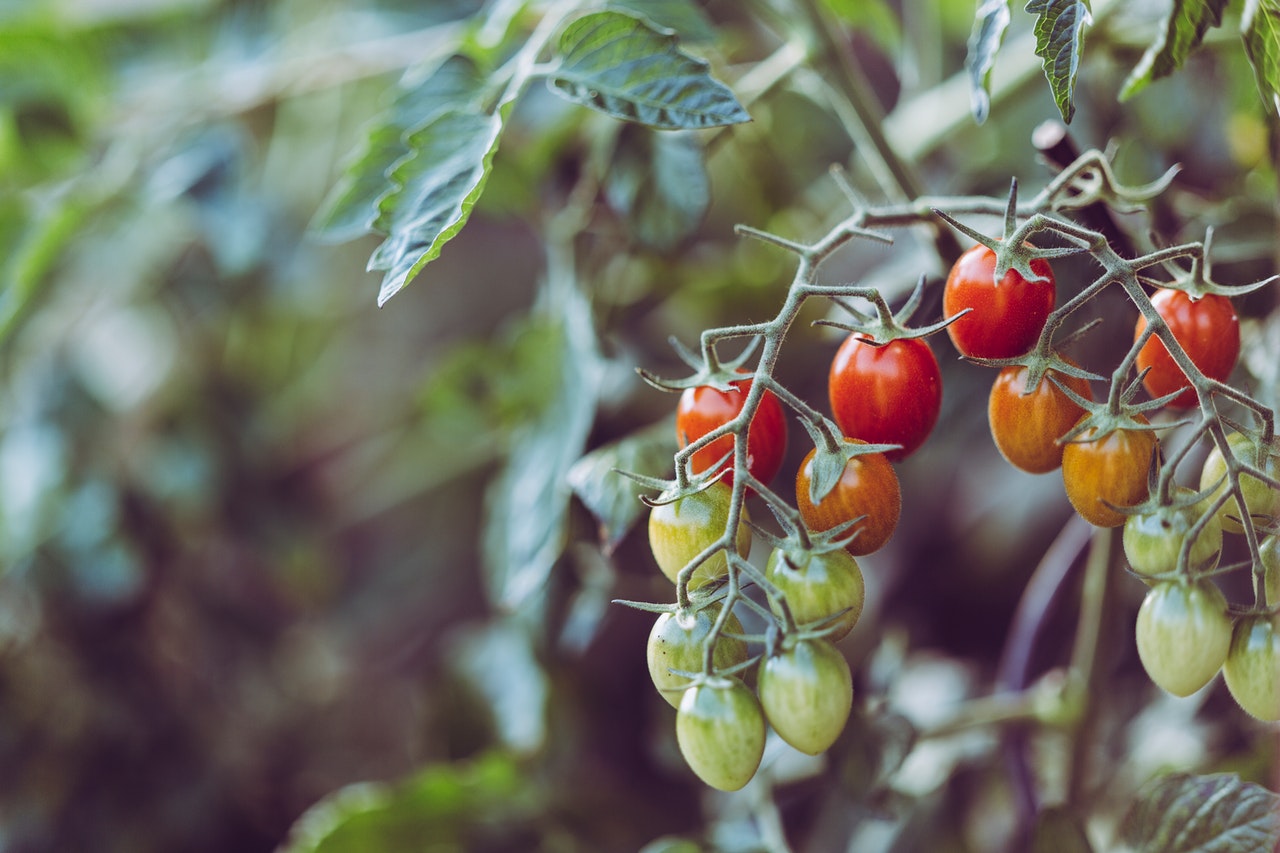Tomato Pest Control
The most significant pests on tomatoes cause large economic losses during the growing season.
The most significant pests on tomatoes during the growing season are:
Corn borer (Ostrinia nubilalis), greenhouse whitefly (Trialeurodes vaporariorum), common red spider mite (Tetranychus urticae), leaf miners, and green peach aphid (Myzus persicae).
Corn Borer (Ostrinia nubilalis Hübner or Pyrausta Hübner)
There is an annual infestation of this pest. The larvae of this pest attack almost all parts of the plant. Damage to the stem parts reduces mechanical strength, and in cases of severe infestation, the stems break, making mechanical harvesting more difficult.
Biology of the Pest
The pest overwinters in the form of pupated larvae in the stalks of corn left in the field. They tolerate low temperatures well, so a large number of these pests survive the winter. The butterflies begin to emerge around mid-May, though in warmer springs, they may appear earlier. The flight of the butterflies lasts for twenty or more days. The corn borer butterflies can be clearly distinguished by appearance, with females being larger and more robust with light yellow to light brown wings, while the males are smaller with darker wings.
Typically, males emerge first in the spring, followed by the females. It is believed that corn borers can fly distances of up to twenty kilometers. After mating, the females lay eggs, usually on the underside of leaves, in groups of 100-900. The larvae hatch from the eggs in 3-14 days, depending on weather conditions. The young larvae feed on young, undeveloped leaves or burrow into leaf axils. When such an infested leaf is unfolded, a row of holes can be seen. Additionally, the larvae damage tassels, and ear stalks, and bore into the stem where they continue feeding, making these plants more prone to breaking. Some larvae remain in the stem and overwinter there, while others produce a second generation of corn borers. The larvae of the second generation cause damage to the ears by feeding on the kernels and boring into the corn stalks, which break and fall to the ground, making them more harmful than the first generation.
Protection Measures
To reduce damage from this pest, preventive measures should be taken first: agronomic, mechanical, and the cultivation of resistant varieties. Agronomic measures include crop rotation, which reduces the potential for disease and pest outbreaks. Among hybrids from conventional breeding, there are differences in resistance to corn borers, and each company producing these hybrids could indicate this resistance on the label. Mechanical measures are currently the most significant and should be implemented throughout the corn-growing region. This involves destroying the corn stalks where the corn borer overwinters.
The corn stalks should be finely chopped and incorporated into the soil as deeply as possible by May 15th. In poorly plowed remnants where parts of the stalks protrude above the soil, the pupae of this pest may be present. As we emphasized at the beginning, there are still irresponsible “farmers” who do not care about other producers or simply do not know the consequences of their negligence. In addition to preventive measures, there are also curative measures for controlling the corn borer: biological, biotechnical, and chemical. Biological measures involve the use of natural enemies, which are not widely used in our region, as are biotechnical measures that use a combination of attractants and insecticides. Chemical measures, including the application of soil insecticides or seed treatment, do not yield satisfactory results in controlling this pest according to research.
Tomato Weed Control
Regular inter-row cultivation, whether mechanized or manual (depending on the size of the production area), simultaneously aerates the soil and destroys weeds. This method does not affect weeds within the rows, so herbicides are also used in the fight against weeds.
The most common and economically significant weeds in tomatoes are amaranth, lamb’s quarters, black nightshade, pigweed, bindweed, purslane, and common knotweed. Special attention should be paid to black nightshade, which belongs to the same family as tomatoes, and the few selective herbicides available are not very effective in controlling it due to its similarity to tomatoes.













































